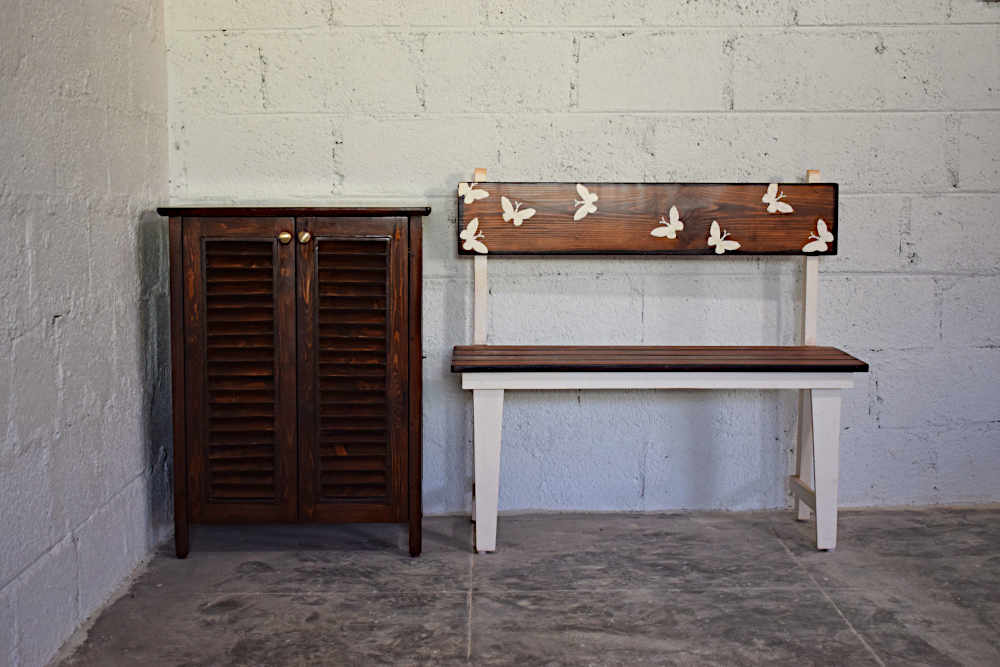
There is perhaps some beauty in contradiction. Conflict – in its non-violent form – can sometimes be intriguing and attractive. A simple, unfinished, naturalistic chair; a vintage chest of drawers; a modern cabinet in distressed finish: they all are beautiful and fascinating, not in spite of but because of their deviation from perfection or immaculateness (What is ‘perfect’ and ‘immaculate’ anyway?).
So, what do shabby chic, rustic, and, to some extent, wabi-sabi décor styles have in common? They all embrace the idea that imperfections or ‘defects’ in form or design or finish is what makes an object real, more natural, more relatable – that life, and everything in it, is wonderful because it is essentially flawed, given to wear and tear and quirks of fate.
When it comes to home furnishing and décor, we are in general familiar with rustic and shabby chic styles. While rustic décor usually comprises natural materials and textures like wood, stone, burlap, canvas; darker, more earthy tones; rough, organic and unfinished look, shabby chic is considered more feminine or romantic in style: lighter and brighter colours, delicately ornate and floral motifs, but with deliberate emphasis on a worn and weathered appearance which is usually achieved through the degradation of layers of painting over the years, or by using the distressing technique.
Wabi-sabi, on the other hand, is not so much a décor style but rather a world view. This Japanese aesthetic is ‘centred on the acceptance of transience and imperfection’.
The concept is summarised beautifully by Pointer Adams in her book: ‘Wabi means something like simplicity, humility, and living in tune with nature; it describes someone who is content with little and makes the most of whatever he or she has, always moving toward having less. Sabi, on the other hand, refers to what happens with the passage of time; it's about transience and the beauty and authenticity of age. Practicing sabi is learning to accept the natural cycle of growth and death, as well as embracing the imperfections that come with this progression. Together, wabi and sabi form a feeling that finds harmony and serenity in what is uncomplicated, unassuming, mysterious, and fleeting.’
A bit unlike rustic and shabby chic styles, where the focus may be to create a certain overall impression – either of functional farmhouse-like décor, or reminiscent of bygone classic eras –the wabi-sabi aesthetic essentially derives from the understanding of the true nature of the world around us and incorporating that into our lifestyle. The idea of ‘less is more’ runs through this style concept and the emphasis is on observing and embracing the natural world: finding beauty in age and decay, embracing asymmetry and imperfection, using authentic and organic materials, drawing inspiration from nature, keeping it simple and minimalistic. Sounds perfectly beautiful, isn't it?
Read more: http://www.oprah.com/home/wabi-sabi-japanese-inspired-decorating-style
https://encyclopedia.thefreedictionary.com/wabi-sabi

